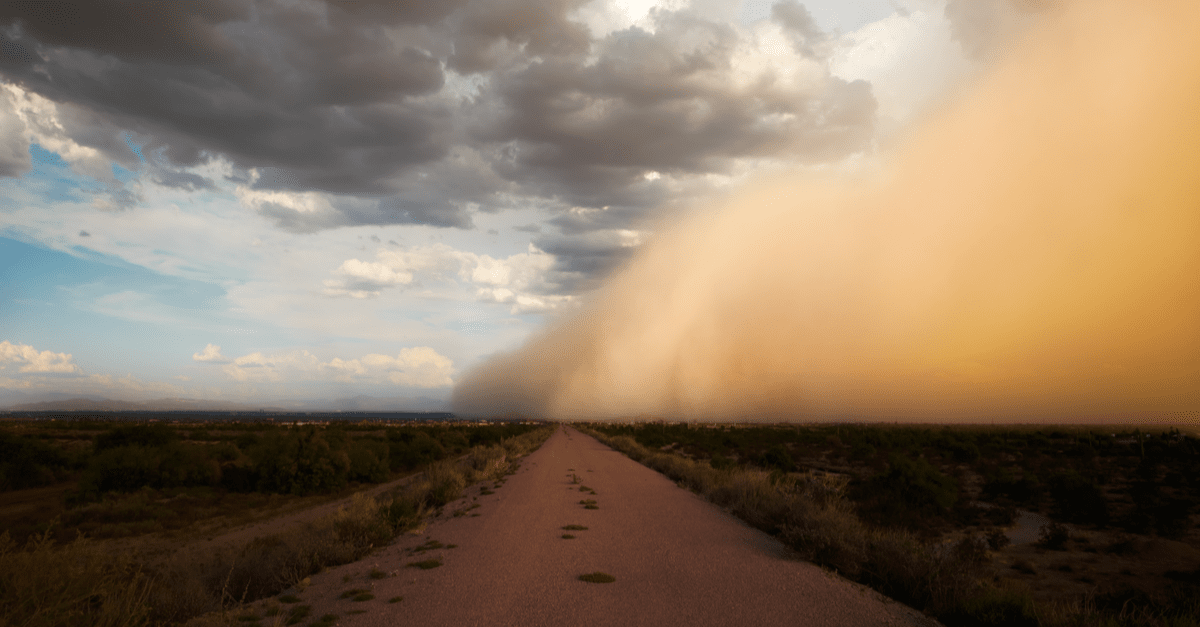In early March, the U.S. District Court for the District of Arizona approved a settlement and consent decree in the Center’s lawsuit against the U.S. Environmental Protection Agency (EPA) over its failure to act on harmful particulate air pollution in West Pinal County. As a result, the State must now submit a plan that contains the “best available control measures” to bring the county into compliance.
The settlement and consent decree fully resolved the lawsuit in favor of the Center’s client, Sierra Club. The Center filed suit in April 2020 because the EPA has violated the Clean Air Act for years by failing to approve or disapprove Arizona’s plan to address a dangerous type of particulate air pollution known as “PM10” in West Pinal County and by failing to determine that the area exceeds national air quality standards for PM10.
Particulate air pollution refers to a mix of tiny airborne particles that are often too small to see with the naked eye. The EPA has concluded that particles smaller than or equal to 10 micrometers in diameter, about one-seventh the width of a human hair, present the greatest threat to health. When inhaled, PM10 pollution passes through the natural filters in the nose and mouth and penetrates deep into the lungs. This can cause breathing difficulties, lung tissue damage, cancer, and even premature death. Children, the elderly, and people with respiratory diseases are particularly vulnerable to the effects of PM10 pollution.
The EPA designated West Pinal County as “nonattainment” for PM10 in 2012, and PM10 levels in the area are among the worst in the nation. The health-based standard for PM10 is 150 micrograms per cubic meter. However, multiple air quality monitors in West Pinal County violated the PM10 standard numerous times from 2016 through 2020. During that time, a monitor near the City of Maricopa recorded PM10 levels of 1,367 micrograms per cubic meter — nearly 10 times the federal standard. Another monitor in Stanfield, near Casa Grande, recorded PM10 levels of 1,100 micrograms per cubic meter, or seven times the federal standard. Other monitors also regularly record high levels of PM10. Most of the exceeding monitors are located in neighborhoods.
In response to a pre-lawsuit letter from the Center, the EPA determined that West Pinal County failed to attain the PM10 standard by the relevant deadline of December 31, 2018. This means West Pinal County has been reclassified from a “moderate” to a “serious” nonattainment area for PM10. Pursuant to the consent decree requirements, the EPA has also proposed to disapprove most portions of an earlier air quality plan submitted by the State of Arizona that purported to address West Pinal County’s PM10 pollution but failed to adequately do so.

